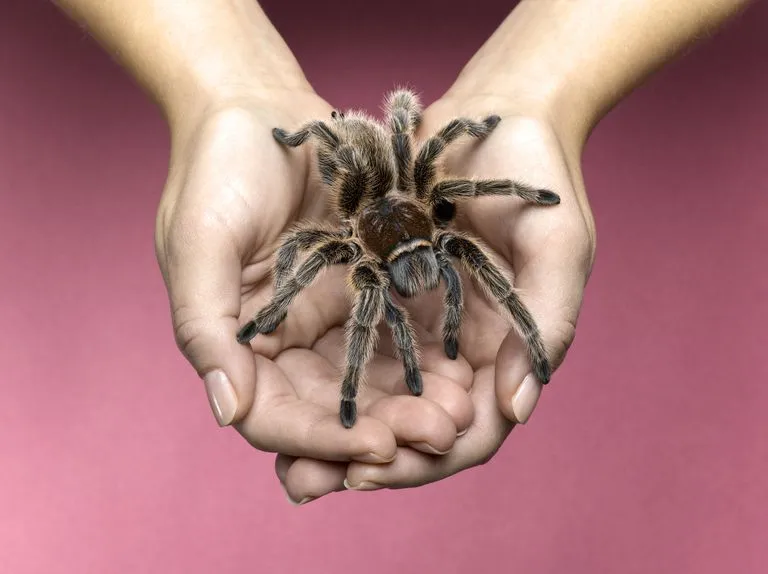Choosing Your Tarantula
Bringing a tarantula into your home can be an incredibly rewarding experience. These fascinating creatures offer a unique perspective on the world of pets, and their care, while specific, is often less demanding than that of many other animals. However, before you welcome a tarantula, careful consideration is paramount. This beginner’s guide will equip you with the knowledge needed to provide a safe, healthy, and enriching environment for your eight-legged companion. Understanding their needs and behaviors is the first step toward a successful and enjoyable tarantula-keeping journey. Choosing the right species and preparing adequately are vital for both the tarantula’s well-being and your peace of mind.
Selecting the Right Species
Not all tarantula species are created equal, especially for a beginner. Some species are more docile and easier to handle than others, while some have specific environmental needs that can be challenging to replicate. Consider species known for their temperament and hardiness. Popular choices include the Chilean Rose Hair tarantula (Grammostola rosea), known for its gentle nature and ease of care. The Pinktoe tarantula (Avicularia avicularia) is another option, though slightly more arboreal. Research thoroughly before acquiring a tarantula, learning about their native habitat, adult size, and typical behavior. Avoid species that are known to be defensive or have potent venom, particularly if you are new to tarantula keeping. Online resources, pet stores, and experienced keepers can provide valuable insights.
Considerations Before Buying
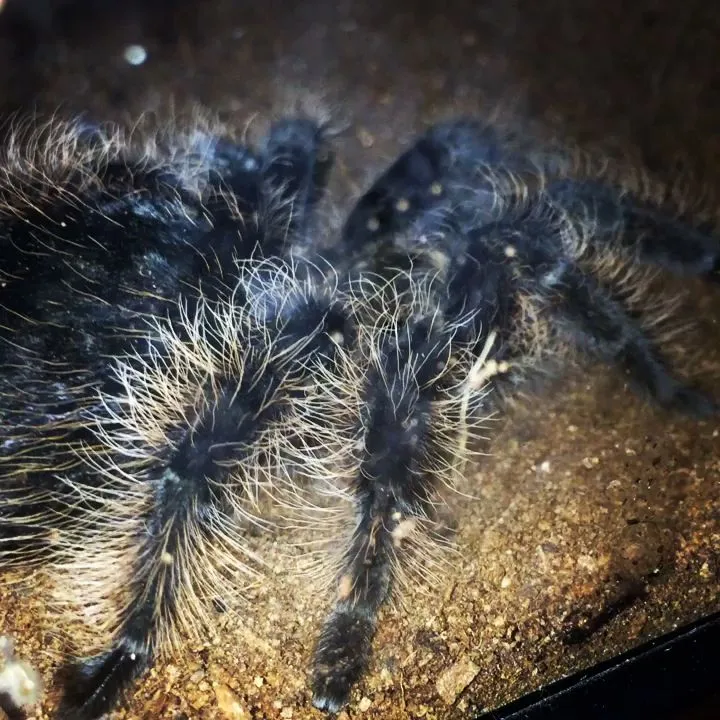
Before bringing a tarantula home, ensure you are prepared for the commitment. Tarantulas can live for many years, with females often outliving males significantly. Assess your living situation and determine if you have space for an appropriate enclosure. Consider any allergies within your household. Research the legal aspects of owning a tarantula in your area. Finally, source your tarantula from a reputable breeder or pet store. This helps ensure the tarantula’s health and provides you with information about its origin and care history. Never collect tarantulas from the wild, as this practice can harm wild populations and may introduce diseases into your home.
Setting Up Your Tarantula’s Enclosure
Creating the right habitat is crucial for your tarantula’s health and happiness. The enclosure should mimic the tarantula’s natural environment as closely as possible, providing a comfortable and safe space. Correct setup can also make it easier to observe your tarantula, as they are often reclusive and like to hide. The setup involves choosing the right enclosure, the proper substrate, and maintaining correct temperature and humidity levels. Each element contributes to the overall well-being of your tarantula and ensures it can thrive in its new environment.
Choosing the Right Enclosure
The enclosure should be appropriately sized for the tarantula’s species and size. A juvenile tarantula will require a smaller enclosure, while a full-grown adult will need a larger one. Glass or clear plastic terrariums are common choices, offering excellent visibility. Ensure the enclosure has a secure lid to prevent escapes. The enclosure must also have good ventilation, so cross-ventilation is preferred. Consider the tarantula’s natural behaviors when choosing an enclosure. Terrestrial species do well with horizontal tanks, while arboreal species need taller enclosures with climbing opportunities. The enclosure should be easy to clean and maintain.
Substrate and Decor

The substrate, or bedding, should be deep enough for the tarantula to burrow or hide. Suitable substrates include a mix of peat moss, coconut fiber, and vermiculite. The depth of the substrate depends on the species and size of the tarantula, but generally, it should be several inches deep. Add decor such as cork bark, branches, and artificial plants to provide hiding places and enrichment. These additions help the tarantula feel secure and can also aid in maintaining humidity levels. Avoid sharp objects that could injure the tarantula. Provide a water dish that is shallow enough for the tarantula to drink from without risk of drowning. The substrate should be kept slightly moist but not waterlogged, and spot clean regularly to remove waste.
Temperature and Humidity
Most tarantulas thrive in temperatures between 75-85°F (24-29°C). Use a thermometer to monitor the temperature in the enclosure. Supplemental heating may be required if your home is cooler. A heat mat placed on the side of the enclosure (never underneath) can provide gentle warmth. Humidity levels vary depending on the species. Many terrestrial species do well with humidity levels between 60-70%, while some arboreal species require higher humidity. Use a hygrometer to measure humidity. Mist the enclosure with water as needed to maintain the desired humidity, but avoid over-misting, which can lead to mold and other problems. Proper ventilation is essential for controlling humidity.
Feeding Your Tarantula
Feeding your tarantula is a straightforward process, but it’s important to understand their dietary needs to ensure they remain healthy and active. Tarantulas are opportunistic predators and will eat a variety of insects. Provide a consistent food source, proper feeding frequency, and observe your tarantula’s eating habits, as appetite changes can sometimes signal a problem.
What to Feed Tarantulas

The main food source for tarantulas should be insects. Crickets, mealworms, and roaches are popular choices. Ensure the insects are gut-loaded (fed nutritious food) before offering them to your tarantula, to provide the spider with maximum nutritional value. You can buy insects from pet stores or breed them yourself. The size of the insects should be appropriate for the tarantula’s size. Avoid feeding insects that are larger than the tarantula’s body. Remove any uneaten food within 24 hours to prevent mold and mites from developing in the enclosure. Variety in the diet can also be beneficial, offering different types of insects to provide a range of nutrients.
Feeding Frequency
The feeding frequency depends on the tarantula’s age, size, and metabolism. Spiderlings require more frequent feedings, usually every other day or every day. Juvenile tarantulas can be fed 2-3 times a week. Adult tarantulas can be fed once a week or even less often. Observe the tarantula’s abdomen; a well-fed tarantula will have a plump abdomen, while an underfed tarantula will have a smaller, more shrunken abdomen. If a tarantula refuses to eat, it may be preparing to molt, or there might be a problem with the environment. Always provide fresh water, even if the tarantula is not eating.
Watering Your Tarantula
Providing a clean water source is as crucial as food. Tarantulas need water to stay hydrated, and their access to it is just as important as their food source. Fresh water helps them to molt properly and maintain overall health. Keep in mind the specific needs of your tarantula regarding humidity and the methods that you need to provide to offer fresh water without over-misting.
Providing Fresh Water
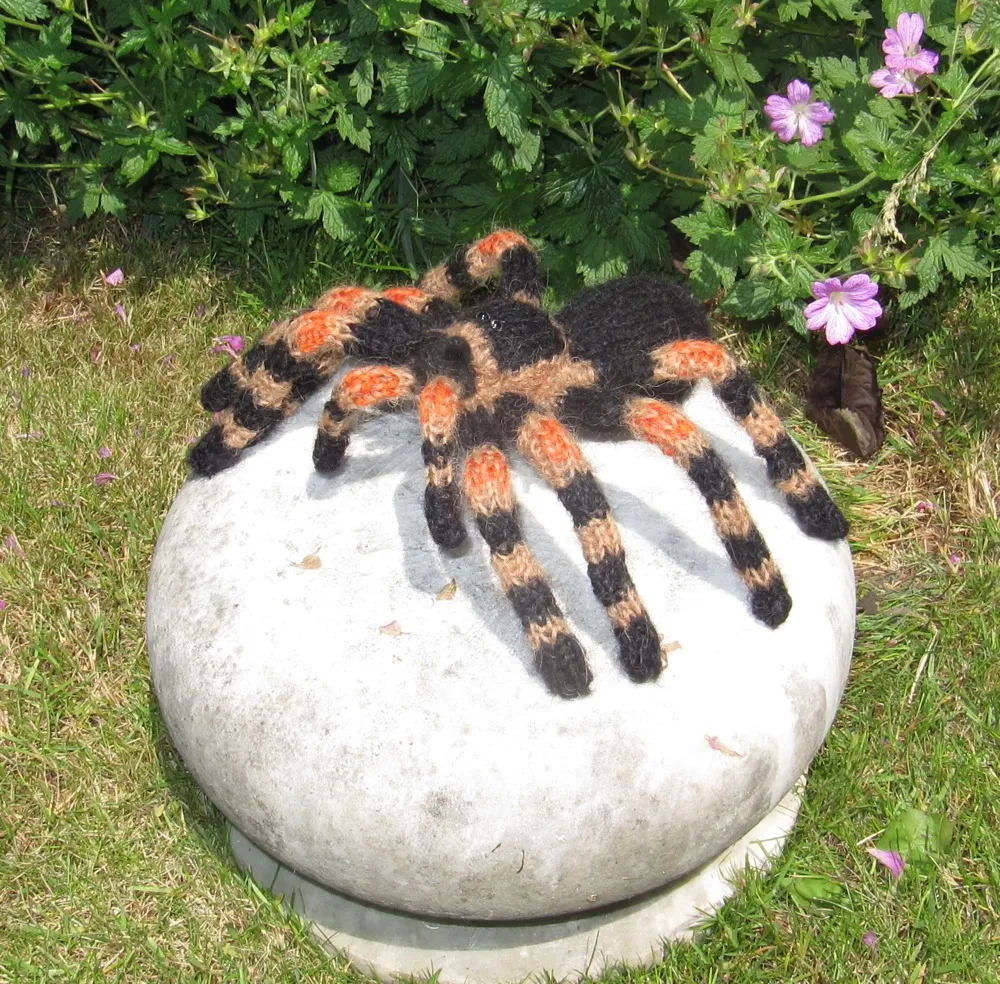
A shallow water dish is essential. Ensure the water dish is shallow enough to prevent the tarantula from drowning. Use dechlorinated water or bottled spring water. Replace the water frequently, at least once or twice a week, to keep it clean and prevent the growth of bacteria or algae. Consider adding a small sponge or pebbles to the water dish for the tarantula to grip, especially for spiderlings, to prevent drowning.
Maintaining Humidity Levels
Humidity requirements vary depending on the species of tarantula. Monitor the humidity levels with a hygrometer. Mist the enclosure with a spray bottle filled with dechlorinated water to maintain the appropriate humidity. Avoid over-misting, which can lead to mold and other problems, and can negatively impact the tarantula. Adequate ventilation is essential to prevent stagnant air and mold growth. Provide a water dish to help maintain humidity.
Tarantula Health and Handling
Tarantulas, like any pet, can experience health issues. Regular observation and responsible handling are key to identifying and addressing any problems quickly. It’s critical to create a safe environment and understand how to interact with your tarantula properly. Always prioritize your and the tarantula’s safety.
Identifying Common Health Issues
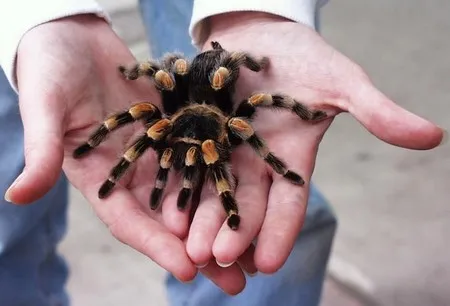
Watch for signs of illness. These signs include lethargy, loss of appetite, a swollen abdomen, or unusual behavior. Parasites like mites can also infest a tarantula. If you observe mites, take the tarantula out of the enclosure and clean the enclosure completely, replacing the substrate. Consult a veterinarian experienced with arachnids if you notice any concerning symptoms. Ensure the enclosure is always clean, and the tarantula’s environment is maintained properly to prevent illness.
Safe Handling Practices
Handling a tarantula is best avoided unless necessary. Tarantulas are fragile and can be easily injured if dropped. Some species have urticating hairs that can cause skin irritation. If handling is required, do so over a soft surface, such as a bed or a couch. Always approach a tarantula slowly and avoid sudden movements. Never try to grab or force a tarantula to move. Use a soft paintbrush to gently guide it if necessary. Wash your hands thoroughly after handling a tarantula, especially if you have been in contact with urticating hairs.
Molting
Molting is a natural and essential process for tarantulas. During molting, a tarantula sheds its exoskeleton to grow. This process can be stressful, and it’s important to provide the right environment to assist your tarantula through the process.
Understanding the Molting Process
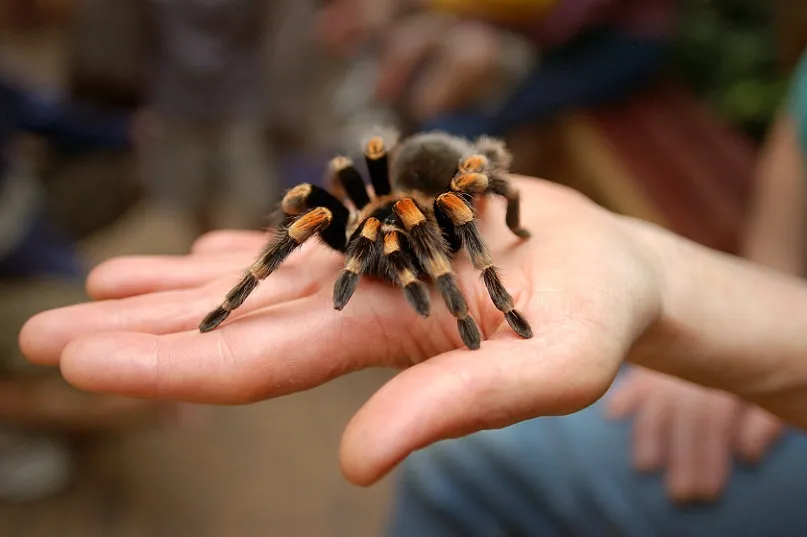
As tarantulas grow, they outgrow their exoskeletons. The molting process involves the tarantula creating a new exoskeleton underneath the old one, then shedding the old one. The frequency of molting depends on the age and species of the tarantula. Spiderlings molt more often than adults. Signs that a tarantula is about to molt include loss of appetite, inactivity, and a change in the color of the abdomen. Sometimes, the tarantula will also start to create a web mat on the enclosure floor in preparation for the process.
What to Do During Molting
Do not disturb the tarantula during molting. Provide a humid environment to help the molting process. If the tarantula flips onto its back, do not try to intervene, as this is a normal position for molting. Do not feed the tarantula until its new exoskeleton has hardened, which can take a few days or even weeks, depending on the size of the tarantula. Remove any uneaten food and keep the enclosure clean. Once the exoskeleton is hardened, the tarantula’s color will become more vibrant. During and after the molt, the tarantula will be vulnerable, so keep the environment peaceful and avoid any potential stress.
Conclusion
Caring for a tarantula can be a truly enriching experience. By understanding their specific needs, creating an appropriate habitat, and providing the right care, you can enjoy the unique companionship of these fascinating creatures. Always prioritize their health and well-being, and remember that responsible pet ownership involves ongoing learning and commitment. As you learn more about tarantulas, you will gain a deeper appreciation for these remarkable arachnids and the joy they can bring. With the information provided in this guide, you’re well-equipped to start your journey into tarantula ownership. Enjoy the experience!
